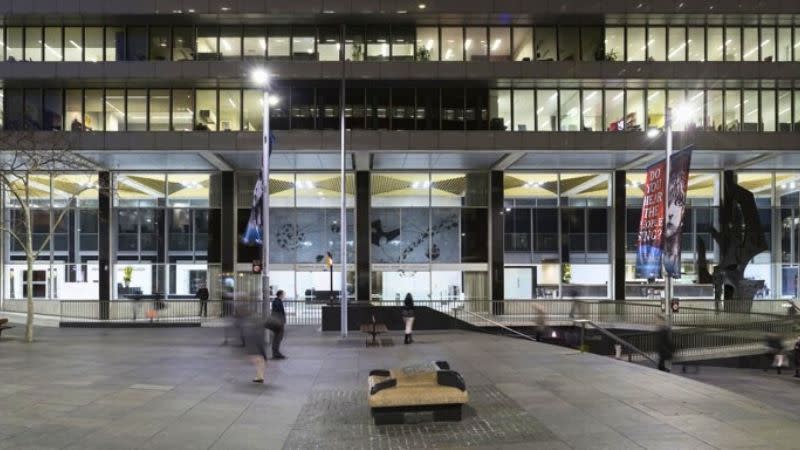
The Reserve Bank has held interest rates for the eighth meeting in a row despite inflation falling to its lowest level since 2021.
The decision was widely anticipated by the finance sector.
The RBA board said after its second-to-last meeting for 2024 that despite headline inflation declining to 2.8 per cent in September it remained too high for a cut.
It is now a year since the central bank raised the rate by 0.25 of a percentage point to 4.35 per cent.
In a statement the RBA said the November Statement on Monetary Policy forecasts “suggest that it will be some time yet before inflation is sustainably in the target range and approaching the midpoint”.
“This reinforces the need to remain vigilant to upside risks to inflation and the board is not ruling anything in or out,” it said.
“Policy will need to be sufficiently restrictive until the board is confident that inflation is moving sustainably towards the target range.”
CoreLogic Asia Pacific research director Tim Lawless said that “at the very least, the decision to hold interest rates at 4.35 per cemt should provide a further boost to household confidence”.
He said the next move by the RBA was likely to be down, albeit with some uncertainty around the timing of cuts.

“A further rise in sentiment is a positive for housing, but we aren’t likely to see stronger housing outcomes until borrowing capacities improve and barriers to mortgage serviceability assessments are reduced,” Lawless said.
“The housing component of inflation, which holds the largest weighting in the CPI calculation at 21.7 per cent, has been doing some heavy lifting, reducing from a high of 10.7 per cent in the fourth quarter of 2022 to 2.8 per cent in the third quarter of this year.
“Again, energy rebates have been a significant factor here, with the annual change in the price of utilities (which includes energy costs) dropping 7.6 per cent over the year.
“But we are also seeing growth in the price of new dwelling purchases reduce significantly, down from a peak of 20.7 per cent in the third quarter of 2022 to 4.8 per cent in the third quarter of this year.
“New dwelling purchases have the second largest weight of any sub-component of the CPI at 8.1 per cent ... so the reduced growth rate in new building costs has a significant flow through to CPI.”
Australian Industry Group chief executive Innes Willox said the RBA decision would “continue to see Australia’s weak economy constrained by high interest rates”.
“Mortgage payments and business loan servicing costs will continue to dampen spending as well as business activity and investment.
“With the economy barely growing at all and some parts in contraction, there is a clear risk of a much sharper deterioration in the labour market and the broader economy in the period ahead than is generally expected.
“It is critical that all parties—employees, businesses and governments—exercise restraint in price setting, wage negotiations and spending decisions.
“Doing this is essential to reduce the inflationary pressures businesses and households are facing.”